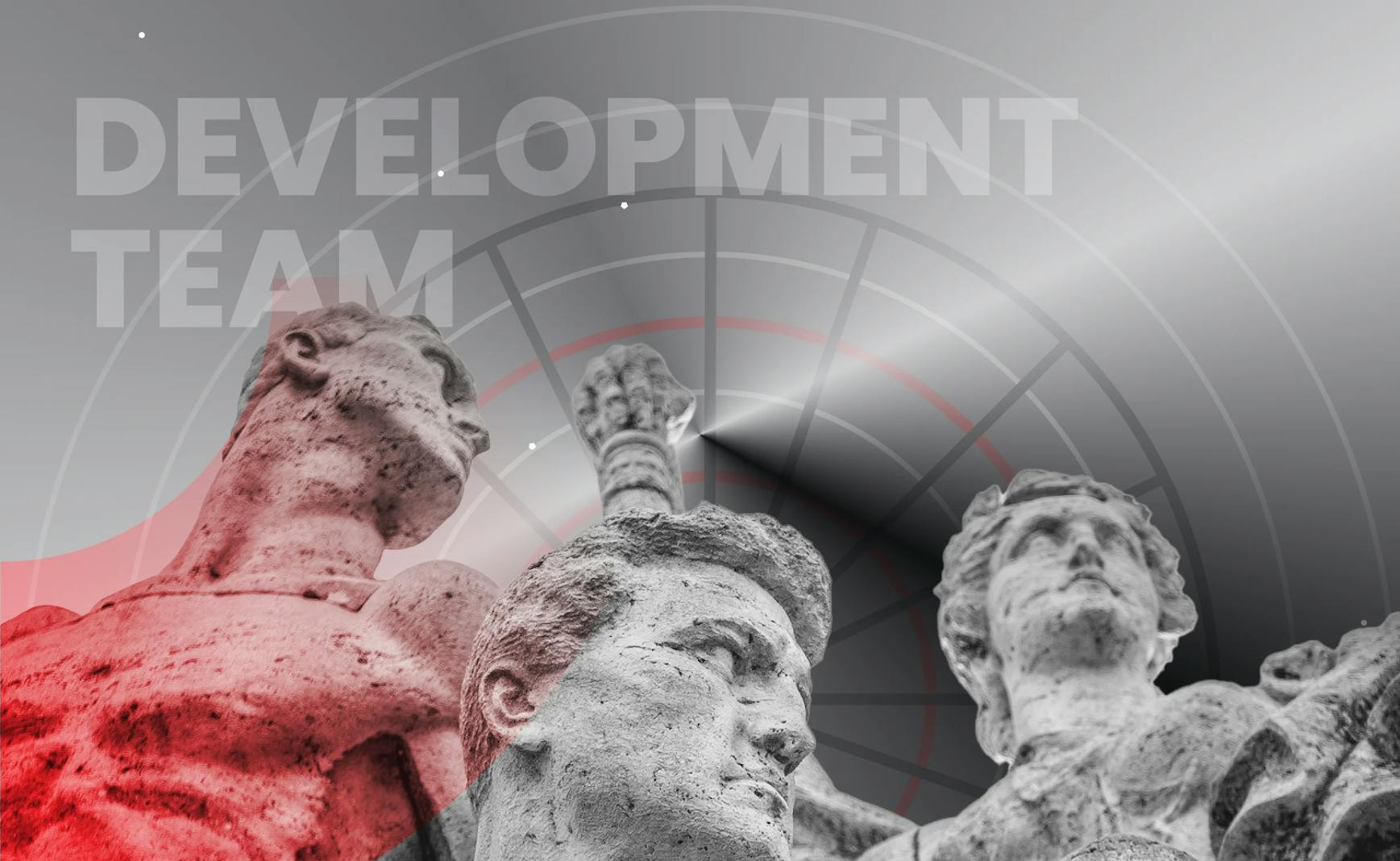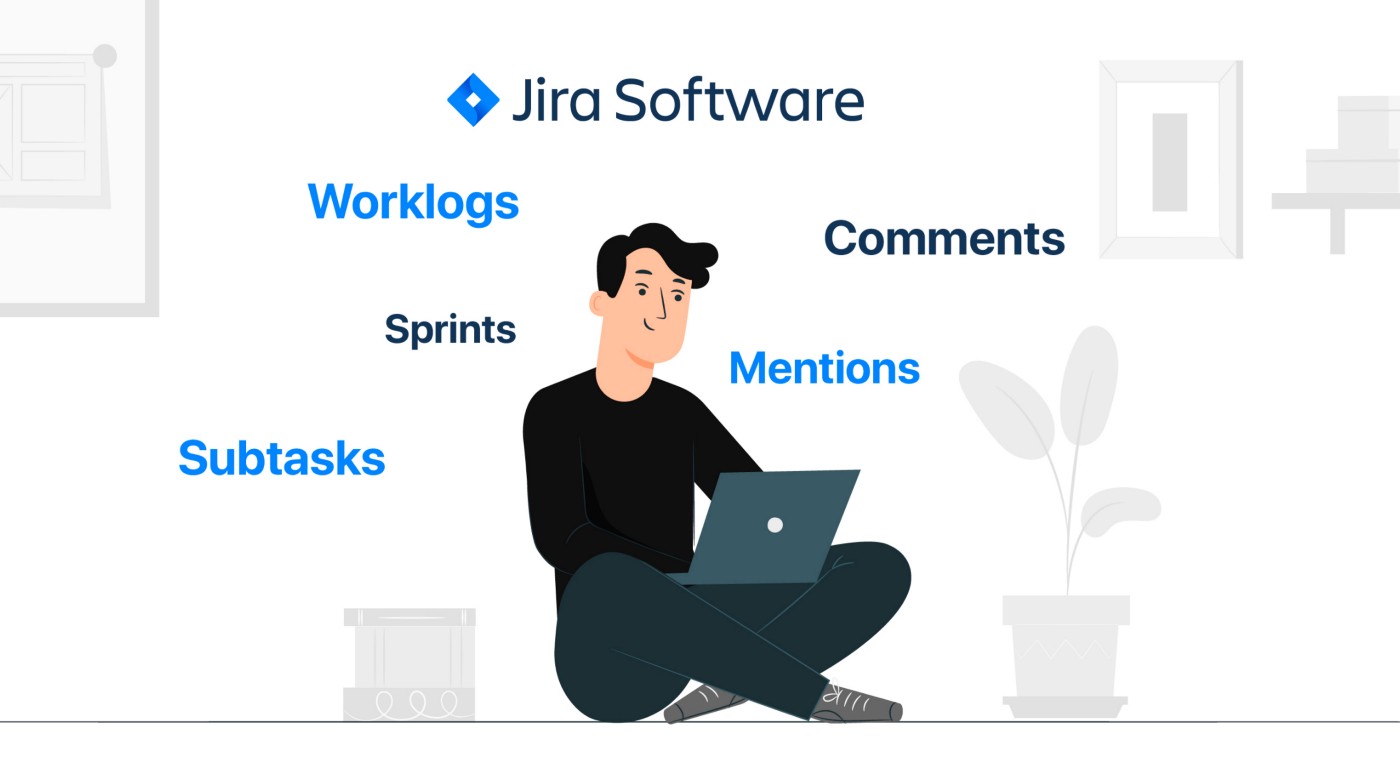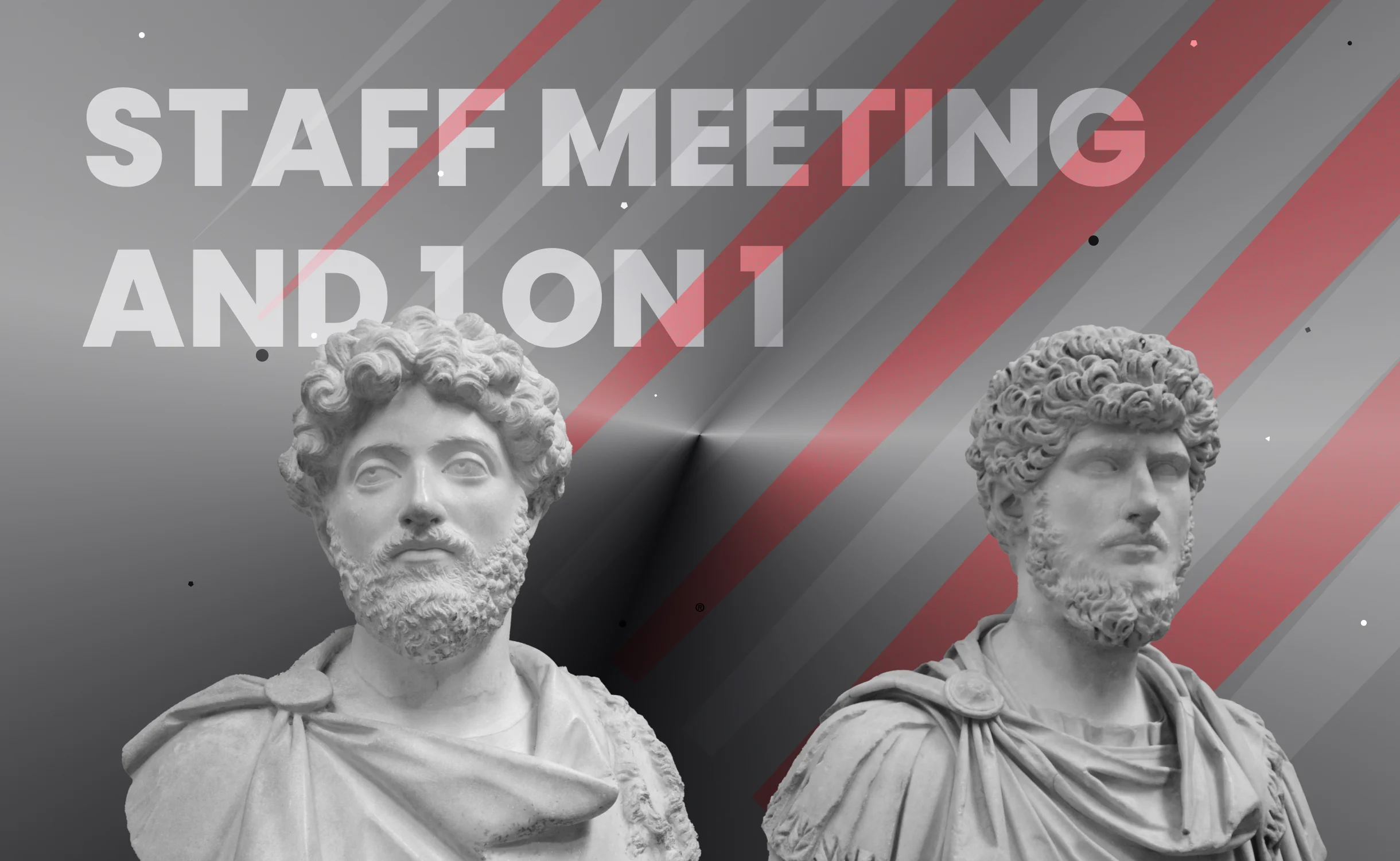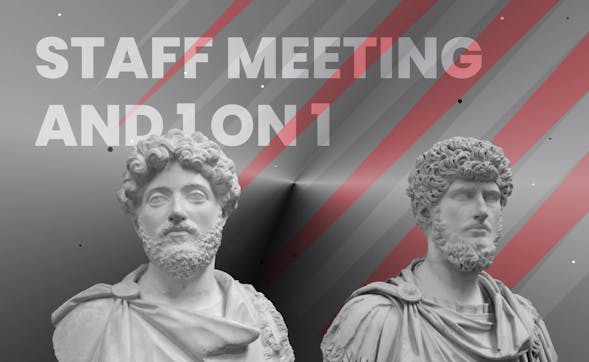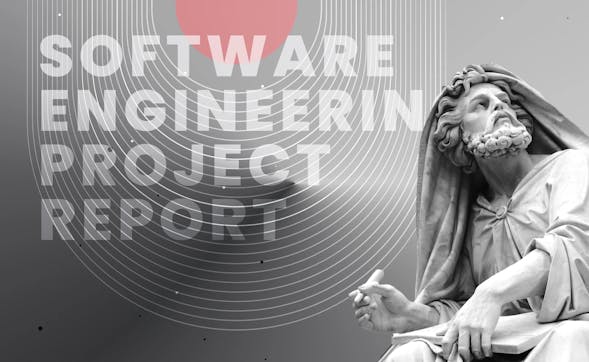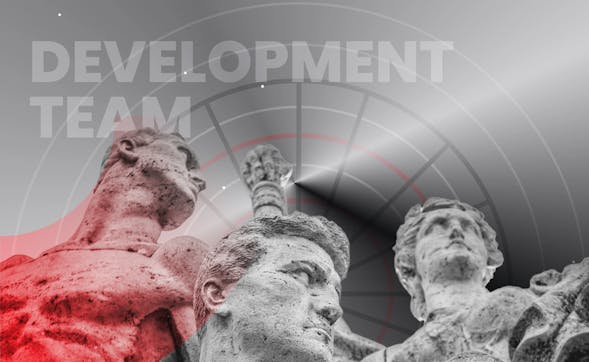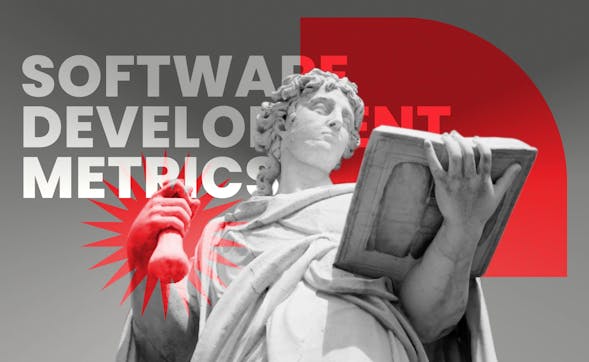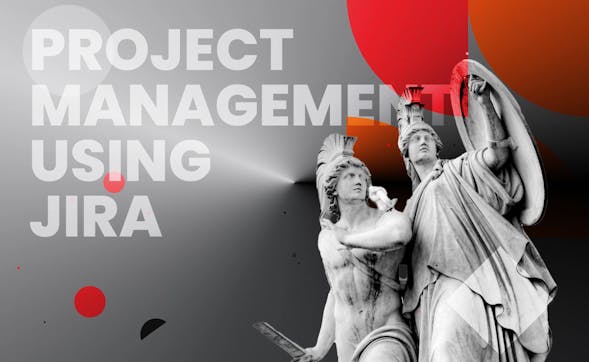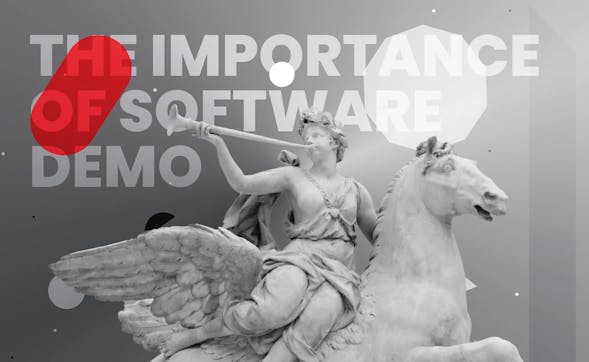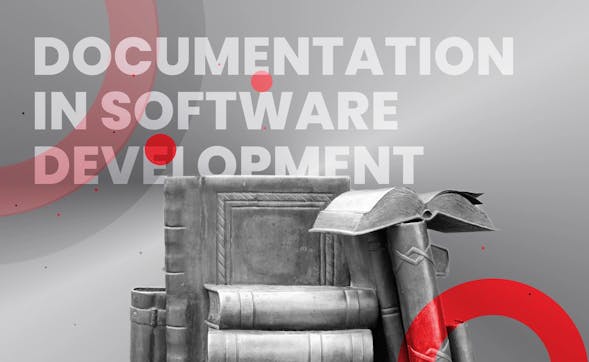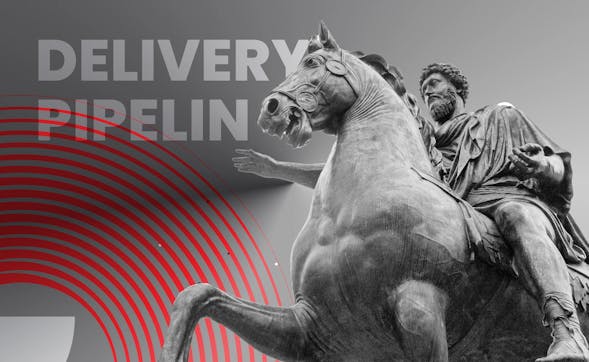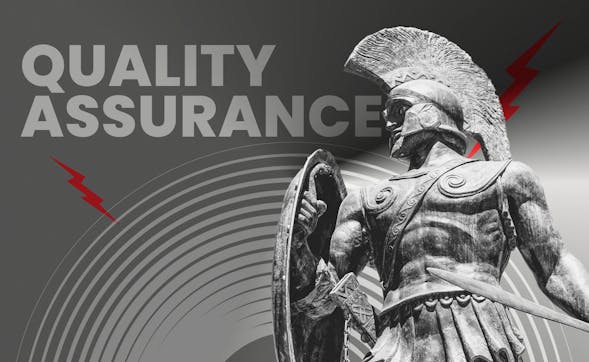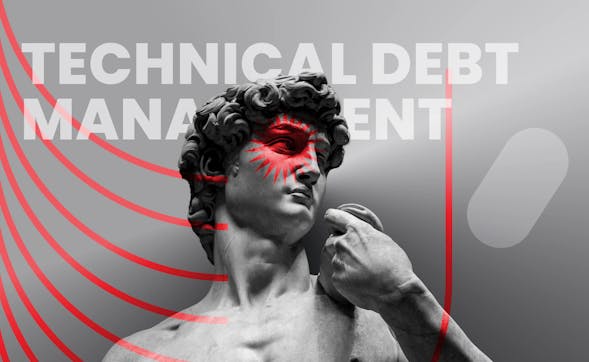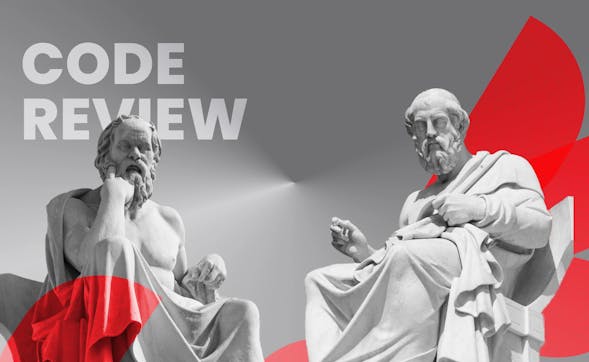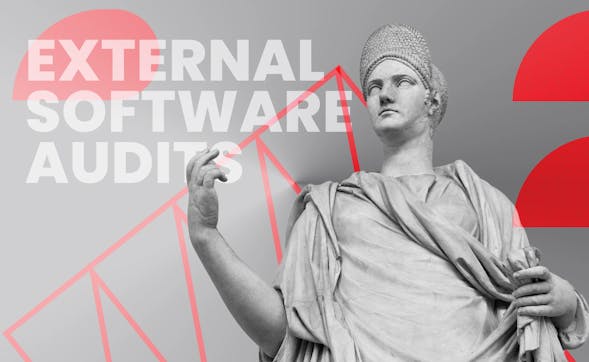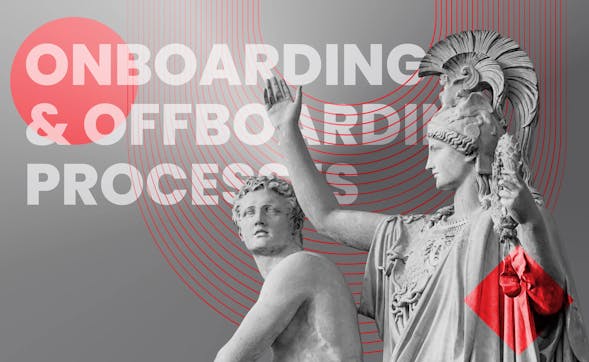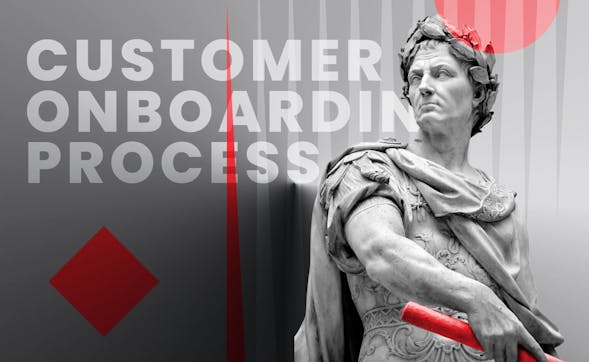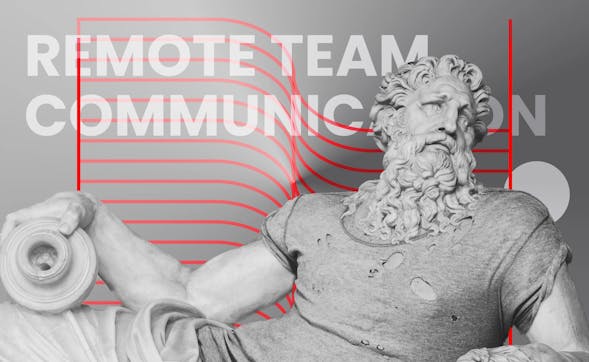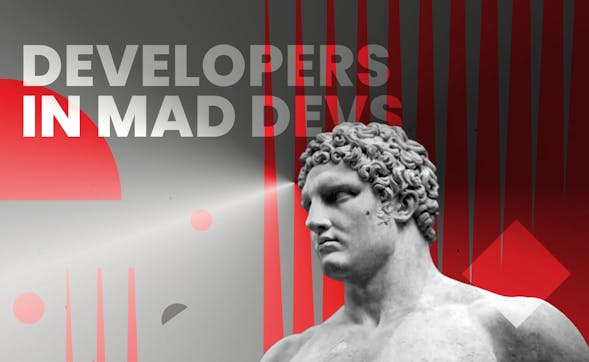Scrum retrospective meetings are a practice widely adopted by Agile teams. While earlier, such a practice didn’t exist, it has already proven its efficiency. With the development of the Agile environment, teams started being focused on frequent product releases and customer updates. As soon as one release is performed, another one follows. With such a pace, it is difficult to stop and reflect on what was done, what was good, what was bad, and what can be improved.
A retrospective meeting solves this problem. This is one of the main reasons why at Mad Devs, we organize retrospective meetings constantly. We organize Scrum retrospective meetings to:
- Systemize events and team actions for a respective period;
- Identify and make conclusions from lessons learned as well as document them;
- Research what possibilities exist to improve the team performance;
- Increase the team members’ involvement level;
- Motivate self-reflection.
We prefer offline meetings in any nice place where we can feel comfortable. Our remote team members can connect online. This way, we ensure the participation of every team member.
How to organize a productive retrospective meeting in Agile team
Our main goal is to make all team members express themselves during the meeting. While some people can discuss everything openly, for others, some time and preparation are needed. That’s why we take time to organize every retrospective meeting properly.
Step 1. Planning the meeting
We invite people in advance. An invitation is sent to the email of every team member who is going to participate in the meeting. In the invitation, we indicate the date, time, and place where the meeting will be held.

Retrospective meetings are organized regularly. Every team decides how frequently they need a retrospective meeting. In most cases, they take place once per sprint.
The agenda is established in advance. Every team member knows when retrospective meetings are organized. So, during a meeting, our team members are not bothered by other colleagues.
Step 2. Collecting information
Before the meeting, we collect the information that will be used for a proper meeting organization. In our case, we collect information via sharing a retrospective document (a table) with every team member. All invited team members can edit the table directly online. In the table, we ask to reply to two questions:
- What was good?
- What was not good?
Not everybody can remember everything immediately. These questions allow people to provide well-thought replies. Before replying to the questions, people can look for necessary information in Jira, calendar, and release schedule. The table will help to determine the most common issues in advance, before the meeting starts, and indicate the most relevant problems.
This is not the only way to collect information. Some teams prefer stickers where they note their most urgent issues and positive things. Others prefer desks where they note positive and negative things, and similar.
Step 3. Choose a proper environment for agile retrospective meetings
The meeting format is crucial to an effective retrospective. The meeting value comes from conversation and dialogue, therefore, the environment shall be selected carefully.
We in the marketing department love feeling relaxed during a retrospective meeting. That’s why for the meetings, we choose places where team members can feel relaxed and comfortable. It can be a bar, some space outside - everywhere where we can talk openly about both positive and negative moments, and look for solutions.
However, in most cases, such meetings are performed in a more formal environment, both online and offline. And after a discussion of work-related matters, a team might participate in a team-building event.
We have a plan
During a meeting, we discuss the current matters. The agenda is established in advance, and team members are informed about it.
While it is not a rule, we assign a specific time for every person. It is done to avoid delays and let everybody speak.
We start with the positive things
Setting a positive tone is important. That’s why it is better to start a Sprint retrospective meeting with the positive moments. The main goal is to find out how the positive moments can be replicated in the future and improved, if possible. Based on this, new best practices can be created or existing ones can be reinforced.
If you start with the issues, there will be no way back. People will focus on discussing the problems, and the successes will remain unattended. Therefore, the actions that led to success won’t be discussed, and it might inhibit replicating them in the future.
Discuss the failures and negative moments
Once positive things are discussed and analyzed, move to the discussion and analysis of negative moments. It is important to find out what the roots of negative moments are, how to eliminate them, and how to avoid them in the future.
Important to Remember: the discussion goal is not to blame people but to identify the pitfalls and find solutions. We believe that everybody did the best job they could do in the given circumstances.
Making conclusions
When the meeting is over, every participant shall have a feeling of a better understanding of how the project was experienced by everybody. Now, it is time to take action.
Here, it is important to remember that small changes can have a bigger impact than incredible ideas that never come true. If people see that after meetings, nothing happens, they will stop participating. Therefore, we make sure that the action plan is realistic. We create respective tasks in JIRA, set deadlines, and assign people who can implement the changes.
Common mistakes to avoid in retrospective meetings
We know that everything comes with practice. Organizing a good retrospective meeting requires a lot of time and effort, and still, it might not run as smoothly as one expects. With more experience, organizing them will be easier, and such meetings will deliver the expected results. However, there are common mistakes that one shall remember and avoid.
Mistake No 1: Not making retrospective meetings at all
Agile teams are usually stressed with deadlines. They frequently try to skip the events that aren’t mandatory. However, by skipping retrospective meetings, they might not be able to self-reflect, discuss, and find solutions.
A solution might be in organizing retrospective meetings periodically with frequency acceptable to all team members. We organize retrospective meetings every other week.
Mistake No 2: Organizing retrospectives rarely
If we organize retrospective meetings regularly, we follow up the tasks to improve the processes and eliminate the negative moments we have had. Irregular and too rare retrospectives inhibit reviewing whether the set goals are met and lessons learned. So, in the end, it leads to the same mistakes and failures. It means that retrospectives that are organized irregularly or rarely do not perform their function.
Mistake No 3: Not involving the entire team
A retrospective meeting is arranged to discuss the problems that arise regarding the entire project. So, the problems refer to the entire team. To get an insight into the issue and find solutions that would satisfy every team member, the entire team shall be present, not only managers and selected team members. Feedback from every team member is important to get an insight into all problems and find correct solutions.
Mistake No 4: Not mentioning the positive stuff
Forgetting about positive things might make the team feel criticism and pressure. It might ruin the positive attitude to retrospective meetings and make the team members resist future participation.
That’s why it is important to start with positive things. We mention the successes of our team members, show our appreciation, and discuss how we can turn these successes into our best practices.
Only after that, we move to the discussion of negative moments. It allows us to create the correct atmosphere and to engage every participant in the discussion.
Mistake No 5: Not following up previous retrospective meetings
Once positive and negative things are discussed and actions are planned to solve the issues, it is crucial to follow them up. If such details are not followed up, the team loses any benefits achieved during the meeting.
It is important to maintain a checklist of things discussed, actions taken, and results achieved. For example, if a manager says that some fixes were implemented to improve a process discussed during the previous meeting, the team sees the meeting result. It also motivates the team to visit future meetings and participate in the discussions.
Bottom line
Retrospective meetings perform multiple functions in Agile teams. We as an Agile team organize them regularly to self-reflect, to discuss positive and negative moments, and to find solutions optimal for all team members.

